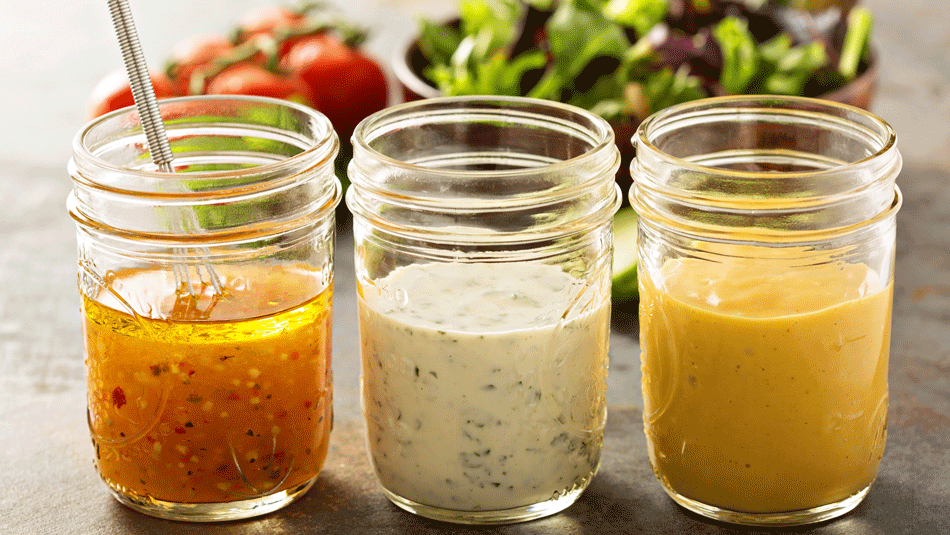Calorie Consumption
- fitwiseid
- Mar 6, 2022
- 3 min read
Updated: Mar 7, 2022
The source of energy to be able to do activities can be achieved by meeting the calorie needs of each consuming food and drink. Not everyone needs the same amount of energy. It is distinguished from the aspect of age, weight, gender, and activity level. One dinner plate should ideally consist of 50 percent fruit and vegetables, and 50 percent carbohydrates and protein. Rice, corn, wheat, sago, fruits, grains, and potatoes (a source of carbohydrates) and vegetables (a source of vitamins and minerals) have the same portion, larger than side dishes (a source of protein) and fruit (a source of vitamins and minerals). A poor diet will cause non-communicable diseases such as cancer, chronic kidney disease, stroke, diabetes mellitus, and hypertension. Behavior or diet with unbalanced food and lack of exercise will cause an imbalance in metabolism that causes disease.

2000 Calorie Diet Without Disturbing Your Health
Diet patterns by reducing and calculating daily calorie intake are now very well known to many people. One of them is a 2000 calorie diet, here are important things to understand:
Not all calories are the same
Calorie intake from a healthy balanced diet, although in the same amount, has a quite different impact than calories from junk food / low-nutrient foods. So in terms of diet, it is not enough just to diligently check the number of calories on food labels. You need to make sure that the food you choose is right and meets the nutritional balance when you are running a diet program.
A healthy diet with a balanced composition of nutrients will help suppress hunger, balance blood sugar levels, reduce appetite and cause the brain to send signals to the stomach to tell us that our stomach is full. Meanwhile, unhealthy and low-nutrient foods will disrupt hormones, increase insulin levels, increase appetite and encourage overeating. In addition, a lack of vitamins and minerals will make the body susceptible to disease.
2. Everyone's daily calorie needs are different
The calorie needs of every human being depend on many things such as : age, activity, weight, and also gender. According to the USDA (United States Department of Agriculture), the average adult needs 2000-2800 calories per day. So for this 2,000-calorie diet, you actually need to cut a little from the required calorie intake.
3. Divide the daily meal portion into five-six portions
Instead of forcing the body to eat only once or twice per day while on a diet, even though we still need to eat food every few hours, snacking time should not be avoided, instead, it is recommended. Divide your daily intake into five to six servings of meals, namely breakfast, morning snacks, lunch, snacks, and ending with dinner. With the addition of an evening snack for those who choose 6 servings of food.
4. Amount and Type of Food That Must Be In The Daily Menu
When on a diet with a limited number of calories, it requires a diverse and nutrient-rich menu to balance the diet.
5. Contact a doctor and a nutritionist so you don't take the wrong steps
If you need help in compiling the calorie count and menu for a low-calorie diet, especially if you have a history of diseases such as diabetes, ulcers, heart disease, or are pregnant and breastfeeding, it is better to consult a doctor and nutritionist so that it does not interfere with your health.
Regulating Calorie Intake During a 2000 Calorie Diet
To be able to meet the intake of 2000 calories per day, we need to consume:
65 grams of fat (585 calories).
20 grams of saturated fat (180 calories).
50 grams of protein (200 calories).
300 grams of carbohydrates (1200 calories).
Less than 2,400 milligrams of sodium or salt.
Less than 300 milligrams of cholesterol.
25 milligrams of dietary fiber.
Other things to note are:
Do not consume more than 50 grams of sugar.
It is recommended to consume 20 mcg of vitamin D.
It is recommended to consume 1,300 mg of calcium.
It is recommended to consume 18 mg of iron.
It is recommended to consume 4,700 grams of potassium.
Example of a 2000 Calorie Diet Eating Guide
The following is a recommended diet guide to get a calorie intake of 200 calories per day.
Menu A
Breakfast :
2 slices of whole wheat bread and 1 tablespoon of peanut butter.
4 boiled egg whites.
1 small orange.
250 grams of low-fat yogurt.
Lunch :
250 grams of grilled chicken breast.
1 small bowl of brown rice.
80 grams of boiled broccoli.
Dinner :
250 grams of lean chicken or beef.
70 grams of sauteed mushrooms with onions, chilies and 2 tablespoons of olive oil.
90 grams of whole wheat pasta.
2. Menu B
Breakfast :
180 grams of whole-grain cereal.
cup low-fat milk.
1 banana.
Lunch :
300 grams of grilled salmon.
1 small bowl of brown rice.
90 grams of stir-fried mustard greens with olive oil.
Dinner :
250 grams of grilled chicken breast.
2 slices of whole wheat bread.
1 serving of lettuce and tomato mixed salad.







Comments